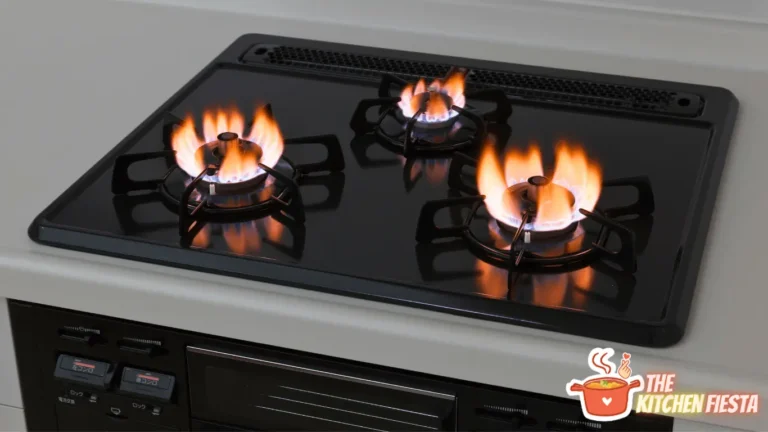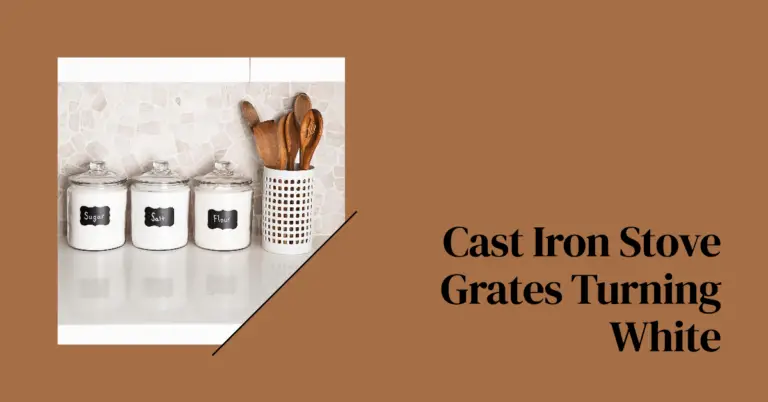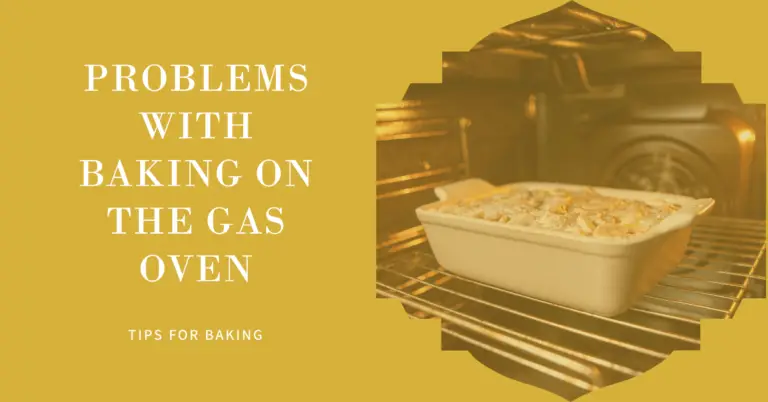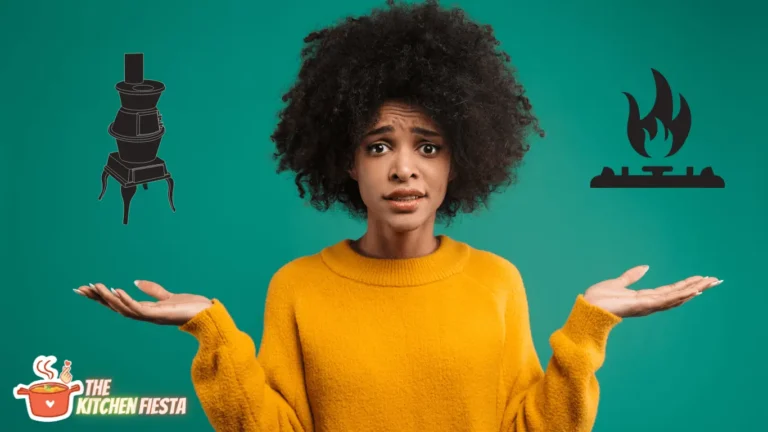Brass vs Cast Iron Burners: Which Material is Best for Gas Stoves?
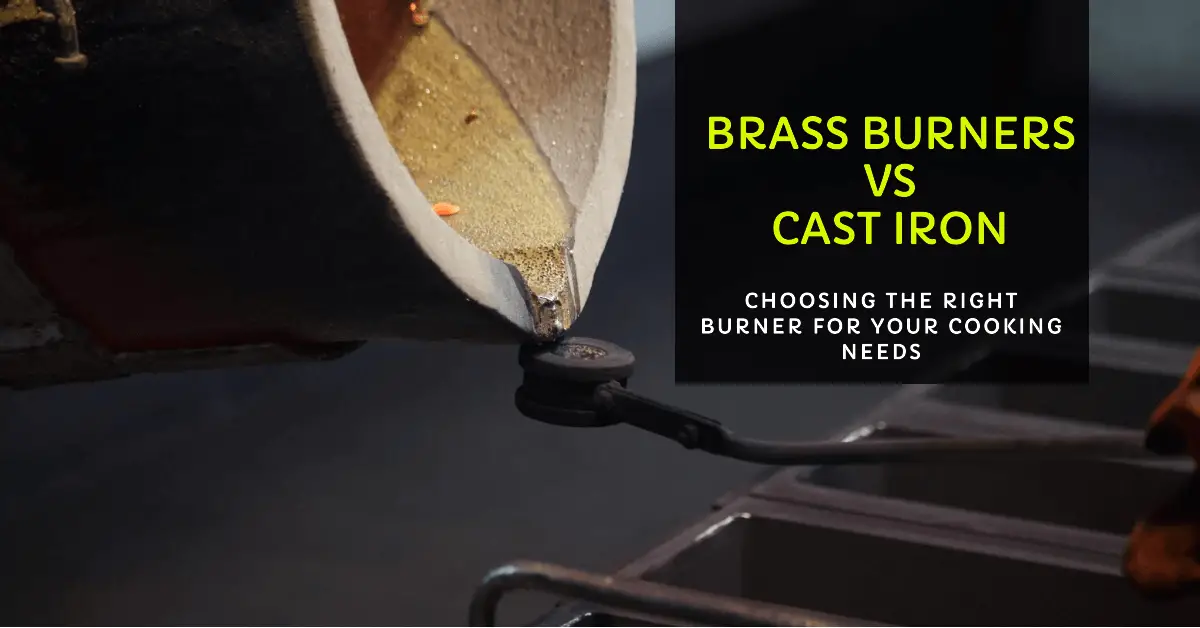
If you’re shopping for a new gas range or stove, one key decision is whether to opt for a model with brass or cast iron burner heads. But which material makes for better burners when it comes to performance, durability, ease of use, and cost?
When comparing brass burners and cast iron burners, there are pros and cons to each type of material. In this in-depth guide, we’ll outline the distinct benefits of brass and cast iron, look at key differences between the two, and make recommendations based on your cooking needs.
How Do Brass Burners Excel?
Brass burner heads have been popular in gas stoves and ranges for decades, prized for their ability to heat up quickly and distribute heat evenly. Here are some of the main benefits of choosing brass burners:
More Even Heating
One of the standout advantages of brass burners is their ability to spread heat evenly and consistently across the burner head. This evenness results in fewer hot and cold spots. Foods are less likely to burn or scorch with brass.
The even heating is due to brass being an excellent conductor of heat. Heat travels readily across the surface of a brass burner head. This allows the flames from the gas burner to heat the brass thoroughly from edge to edge.
Cast iron, on the other hand, has lower conductivity. It retains heat well once hot, but doesn’t distribute heat as evenly from the outset.
Lower Risk of Hot Spots
Going hand-in-hand with their even heating abilities, brass burners are less prone to developing hazardous hot spots than cast iron.
Hot spots are localized areas on a burner head that reach extremely high temperatures. These spots can scorch or burn foods, and in severe cases, damage cookware. They typically result from uneven heat conduction.
With brass’ superior conductivity, temperatures remain consistent across the burner, minimizing differential hot spots. This makes accidental scorching less likely.
Faster Heating
In addition to even heating distribution, another advantage of brass burners is how quickly they heat up. Brass responds rapidly when you turn the burner knob from off to a cooking temperature.
Within moments, the brass is uniformly hot and ready for cooking. This allows you to get pans heated for sautéing, simmering or boiling without much delay.
Cast iron takes longer to heat up due to its denser, heavier material composition. While it holds heat well once hot, it doesn’t conduct heat as swiftly as brass initially.
So if you want your burners to heat up the moment you turn them on, brass is typically the quicker route. This makes it ideal for busy cooks who want to get dinner on the table fast.
Easier Cleaning
Over time, food debris, oils, and cooking residues can cake onto gas burner heads. When it comes to cleaning off these spills and sticky buildup, brass often proves easier to clean than cast iron.
Spatters and baked-on drips tend to release from brass with just some warm soapy water, a sponge, and a little elbow grease. Brass’ smooth surface doesn’t have as many nooks and crannies for food to cling to.
Cast iron can be more stubborn to clean by hand. Foods and oils seep into the tiny pores of the cast iron surface. You may need to use baking soda, vinegar, or commercial cleaners to thoroughly clean cast iron burner caps.
Of course with proper regular cleaning, both brass and cast iron burner heads can be kept in tip-top condition. But for a bit less scrubbing, brass may be appreciated.
Lower Cost
Affordability is another factor that makes brass burner heads popular for many household gas stoves and ranges. On average, brass burners cost less than cast iron.
Cast iron is pricier due to being a heavier, more dense material that requires specialized production methods. Brass is easier to manufacture.
So if keeping costs down is important in your gas appliance purchase, quality brass burners can deliver excellent performance for a more budget-friendly price point. This makes them a great option for affordable gas ranges.
What Are the Benefits of Cast Iron Burners?
Now that we’ve seen benefits of brass, let’s examine why cast iron burners have their own advantages. Here are some of the top upsides to cast iron:
1. Higher Heat Output
One of cast iron’s main assets is its ability to produce higher heat output than brass. The burners can reach and maintain higher BTUs.
This extreme heating capacity makes cast iron the choice of many pro chefs. It allows for fast boiling, vigorous simmering, and perfect searing at the highest heat settings.
So if you want burners that can whip up a rolling boil on a large pot of water in minutes or sear a steak with an intense char, cast iron has the heating output advantage.
Some higher-end gas ranges boast up to 20,000 BTUs from their largest cast iron burner – significantly more than the average brass burner’s maximum of around 15,000 BTUs.
2. Increased Durability
In addition to performance, cast iron burners win when it comes to longevity. Cast iron is an extremely hardy material that stands up well to years of daily use.
Cast iron burner caps and grates are essentially impervious to warping or corrosion over time when cared for properly. It’s not uncommon for a quality cast iron burner to last for several decades in a kitchen.
Brass can be more prone to gradual warping with excessive high heat exposure. Though affordable to replace if needed, brass won’t necessarily last multiple generations like timeless cast iron.
3. Better Heat Retention
Cast iron also has an edge when it comes to heat retention – or maintaining heat even after the burner is turned off. The dense mass of cast iron continues radiating concentrated heat for a while after cooking.
This allows more residual heat for finishing cooking processes like simmering sauces or holding a cooked dish at temperature for serving.
Since brass is highly conductive, it loses heat more quickly when the flame source is removed. Cast iron’s strength is in retaining heat energy.
4. High-End Look
When it comes to aesthetics, cast iron burners also appeal to many buyers. The classic black burner caps and supportive grates of cast iron have a premium look.
This high-end visual makes cast iron a popular choice among pro-style gas ranges. The heavy sturdy grates and burners complement other luxury range finishes like stainless steel and enamel.
So for a gas range that makes a design statement, cast iron often delivers the elegant appearance sought-after by many homeowners and chefs.
5. Oven Cleaning Durability
Here’s one more advantage of rugged cast iron – it holds up great to oven self-cleaning cycles.
Many higher-end gas ranges have a self-cleaning oven function that uses extremely high heat to incinerate food spills and residues.
While this intense process can damage brass burner parts, cast iron stands up to the heat. So you can safely use the self-clean setting without worrying about damaging your cast iron burners.
Key Differences Between Brass and Cast Iron Burners
To recap, here are the main ways brass and cast iron burner heads differ:
- Heat conduction – Brass conducts heat more evenly across its surface. Cast iron retains heat better once hot.
- Heat output – Cast iron burners produce higher maximum BTUs for fast boiling and searing.
- Durability – Cast iron lasts longer over decades of daily use. Brass can gradually warp.
- Cleaning – Brass is easier to clean by hand. Cast iron needs more elbow grease.
- Prices – Brass burners are generally more affordable for household gas stoves.
So in choosing between the two materials, consider which traits match your cooking style, expectations for longevity, and budget best.
Brass or Cast Iron: Which Should You Choose?
So when considering your options, should you go for brass or cast iron burner heads in your new gas range or cooktop?
Here are some recommendations based on priorities:
For Delicate Cooking – Brass Burners
If you do a lot of delicate cooking that requires low, even heat, like simmering sauces or melting chocolate, brass is likely the best fit. The uniform heat distribution prevents scorching or burning sensitive foods.
For Searing and Boiling – Cast Iron Burners
For high-heat cooking like searing steaks, stir frying, or rolling boils, opt for a gas range with cast iron burners. You’ll appreciate their higher heat capacity, especially on larger burner heads.
For Durability – Cast Iron Burners
Choose rugged cast iron burners if longevity and decades of reliable performance are priorities in your buying decision. Cast iron will withstand heavy use for generations.
For Affordability – Brass Burners
If keeping your budget in check is important, quality brass burners deliver excellent cooking performance for a more affordable price point.
For Flexibility – Mix of Both
Many gas ranges offer a mix of brass and cast iron burners. This gives you the control precision of brass on smaller burners plus the searing power of cast iron on larger ones.
Match Burner Size to Cookware
Whichever material you opt for, be sure to choose burners sized to fit your cookware bases. Having the flames heat the entire pan bottom efficiently is key for the best cooking experience.
Too large a burner can waste gas. Too small a burner won’t heat properly. Consult your cookware diameters before buying your new gas range.
Maintain Your Burners
And remember to provide proper care and cleaning to keep your burners in top working order for safety and efficiency.
Follow your owner’s manual for cleaning specifics. In general, wipe spills promptly, clean with warm soapy water and non-abrasive scrubbers, and avoid harsh cleaners that can damage finishes over time.
With the right burner material choice, sizing, and regular care, your gas range can deliver many years of cooking performance. Choose brass or cast iron burners based on your cooking preferences to enjoy optimized results.


